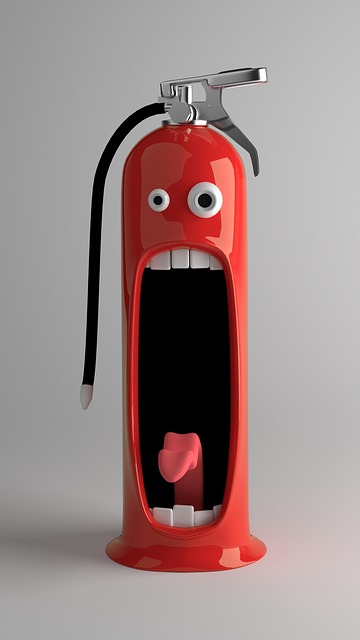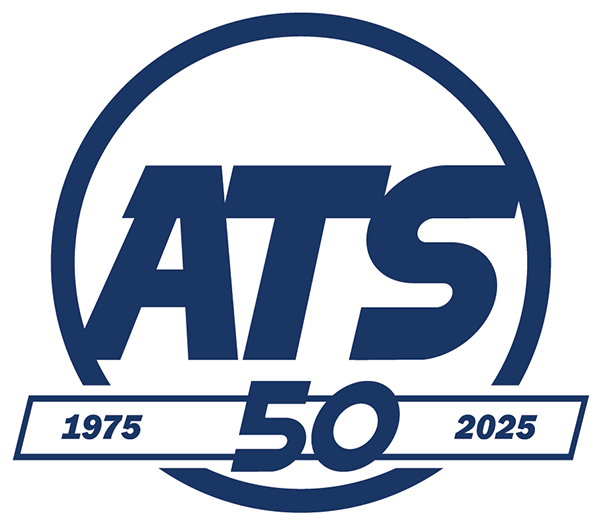Avoiding Disaster: Overheating Computers
April 5th, 2017 by admin

If one of your office computers always seems to shut down or slow to a crawl at the busiest of times, you may have a case of overheating on your hands—especially if IT can't find anything wrong on the software level. Performance hiccups might seem like a mere nuisance, but overheating shortens the lifespan of a computer. Modern computers are designed to protect themselves from dangerous temperatures, but they can't prevent all long-term damage.
You can increase productivity and avoid disaster recovery situations in your workplace by making sure your computers are operating at safe temperatures.
The Symptoms
An overheating computer will exhibit one or more of the following symptoms:
- The computer is physically hot to the touch; laptop cases may burn human skin on contact.
- Fans become noticeably louder. This is commonly referred to as "jet engine" fan.
- The computer frequently forces reboots or shuts down without warning. This also includes system crashes.
- System performance takes a huge dip during intense work sessions.
How to View Temperatures
The easiest way to tell if a computer is overheating is to take its temperature via software. Your staff can install monitoring programs like CPUID's HWMonitor or Almico's SpeedFan for Windows devices, or enable CPU temp viewing on a Mac to get active temperature readings.
These programs show current operating temps and indicate overheating with red colored text, a fire icon, or a warning. Have employees keep an eye on the monitor program during normal work: If the test identifies a heating problem, it's time to resolve the cause.
Ambient Temperature
Ambient temperatures, or the temperature of the room the computer is in, boost the base temperature of computers and cause parts to run hotter than usual. These problems could simply be the result of the room lacking climate control, or other nearby devices blowing hot air in the direction of the computer.
This is one of the reasons that server rooms feature extra cooling. Either reduce the environmental temperature, or move the computer to a cooler area.
Insufficient Fan Cooling or Blockage
Problems with the computer's built-in cooling system can lead to overheating during regular use. In some instances, cooling fans can wear out over time.
With desktop computers, the system may have been designed with fans powerful enough to push adequate air through the case. This can usually be resolved by adding new fans or swapping in larger fans to move airflow in the front of the desktop case and out the back. On the outside, physical objects within 6 inches of the fan vents can hurt airflow. On the inside, loose cables and new components can restrict airflow.
Dust Buildup
Dust buildup can restrict airflow and cause a computer's temperature to increase. While dust alone won't typically break a computer, it can amplify other problems associated with overheating. We've talked extensively in the past about how dust buildup can cause crashes. Laptops generally do not have this problem as they don't move as much air.
Failing Thermal Paste
Computer CPUs use a compound called thermal paste or thermal grease to help transfer heat to the cooling system. It's possible for this material to wear down over time, which makes it far easier for a computer to overheat.
The solution is to disassemble the computer and replace the compound, but the process requires substantial expertise (especially with laptops) and can break the computer if done incorrectly. If this is the problem, it's best to defer to the experts.
If your business is looking to keep its computers and network infrastructure running for maximum productivity, contact the IT managed services experts at ATS today.

